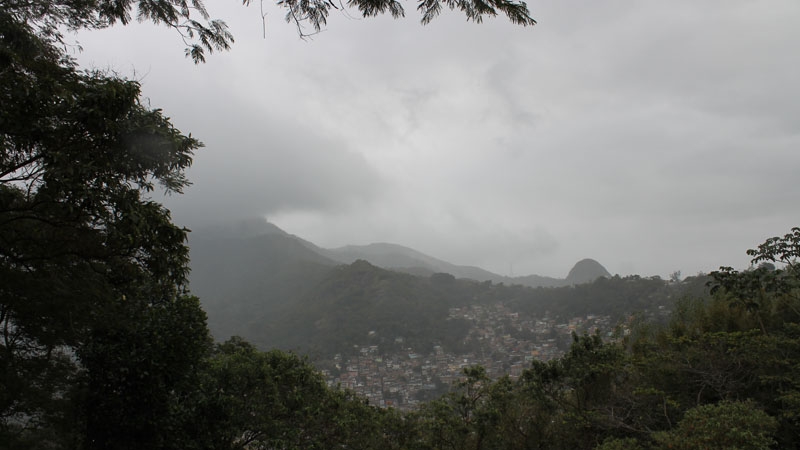As in a scene of the animated film Rio, animal species that had long disappeared from the steep hills of Morro da Formiga slum in Rio de Janeiro, Brazil, are little by little making a comeback. “I’ve seen so many canaries, bluebirds, toucans, and monkeys lately,” says community leader Nilza Rosa. “And I won’t let anyone imprison them because they are part of this environment.”
The phenomenon Rosa watches in awe comes courtesy of the reforestation efforts undertaken by her husband – 66-year-old Dejair dos Santos – and his colleagues. “I’ve been working on this for 25 years now, which makes me really proud,” Santos comments. The seedlings he has planted since then prevent soil erosion, which used to cause landslides and deaths when heavy rain fell over the city.
“In addition, some areas used to catch fire easily, but that hardly ever happens after we replaced the tall grass with Atlantic rainforest tree species,” he recalls. The work carried out by the community dwellers has not only improved biodiversity and reduced the risk of disasters in Rio, but has also helped the city mitigate the effects of climate change.
Green and fresh
The reforested areas produce a cooler microclimate, which is much needed in a city as hot and humid as Rio. What's more, the trees help reduce hundreds of tons of carbon dioxide. By preventing pollutants from ending up in the atmosphere, the city earns carbon credits that can either be used to compensate for Rio’s own greenhouse gas emissions or be sold on the international market to generate revenue.
For these reasons, Rio and the World Bank have recently partnered to amplify the reforestation efforts in local hills, where slums are usually located.
Around 1.2 million people (22% of the city population) live there – of which nearly 300,000 face unsafe living conditions as a direct result of urban deforestation.
To combat this, 950 hectares of degraded lands have been planted with seedlings grown in local nurseries, under Rio’s newest reforestation initiative “Rio Capital Verde” (“Rio Green Capital”), led by the Environmental Secretariat of Rio’s City Hall.

